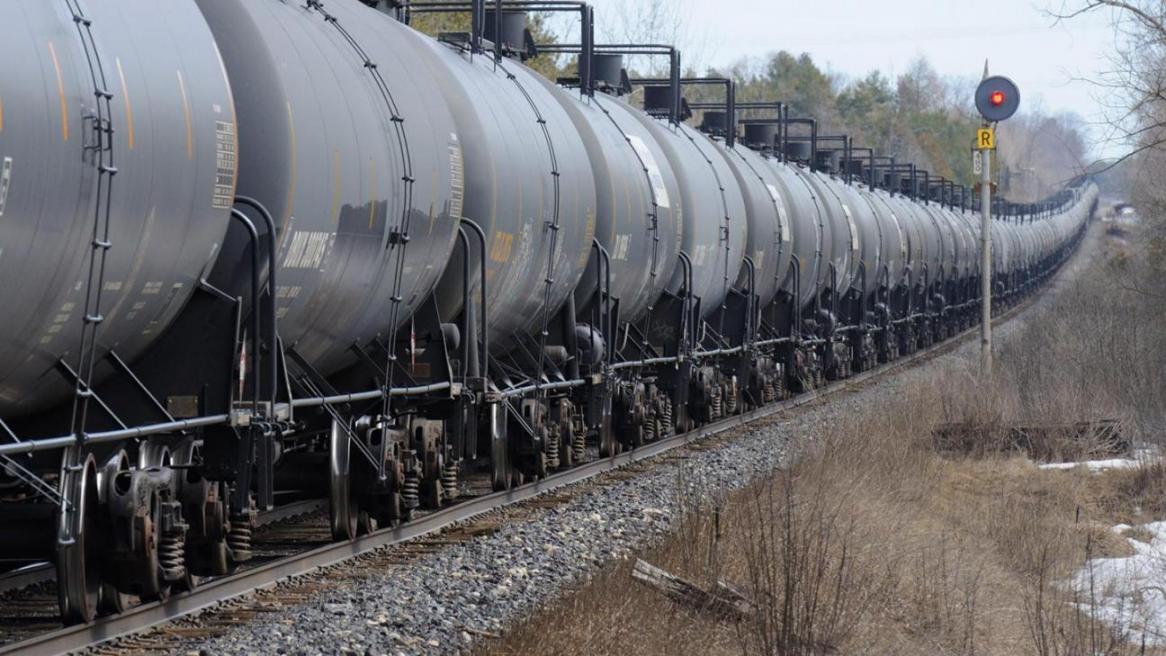The contract to export 2 million tons of diesel per day to Iraq will be renewed for the current Iranian year (started March 20), as a result of which Iraq will become Iran's largest diesel customer in the Persian Gulf.
“Excessively high production capacity of diesel has caused the country to put the export of this strategic commodity high on the agenda. Needless to say, neighboring states will be given a priority over other potential customers,” Esmaeil Hasham-Firouz, the head of international affairs at the National Iranian Oil Refining and Distribution Company, told Mehr News Agency on Saturday. Pointing to the fact that more than 5 million liters of diesel were exported to Iraq's Kurdistan region last year, the official noted that Iran's second priority is to provide the same region with diesel.
According to reports, Iran's diesel export to Iraq, Pakistan, Afghanistan, Tajikistan and some African countries stood at over 2 billion liters last year.
Hasham-Firouz stressed that the volume of export to Iran's traditional customers, including Iraq and Afghanistan, witnessed a considerable rise last year.
Moreover, the inauguration of a new oil terminal will definitely raise the export volume in 2016.
"Iran is capable of exporting up to 3 million liters of diesel to Afghanistan per day if it adopts the right strategy to prevail over potential competitors," he said.
Referring to Turkmenistan and Uzbekistan as the main rivals in exporting diesel to Afghanistan, Hasham-Firouz noted that NIORDC will increase its market share through timely and effective plans.
Stating that the Tajiks use nearly 3 million liters of diesel a day, the official said, "This country can be among prospective customers. Nevertheless, Kazakhstan is a major competitor that needs to be taken into account."
According to Hasham-Firouz, diesel and liquefied natural gas are also exported to Georgia and Armenia on an irregular basis. Moreover, Iran will "turn into a key player in exporting diesel to regional markets" as soon as all South Pars development projects come on stream by 2018. The present surplus diesel production capacity stands at 25 million liters per day.
On launching diesel export to Iraq from Khosravi border, Seyyed Ramezan Hashemi, the director of Kermanshah Oil Products' Distribution Company, said, "This is the first time we have embarked on such a commercial venture and the commodity is also exported to Iraq through this border."
As the new development projects in South Pars phases go on stream and the Persian Gulf country is capable of producing more natural gas, the capacity to produce surplus oil byproducts has experienced a dramatic rise, making Iran a big diesel exporter for the first time.
Nonetheless, the dramatic decline in global crude prices has affected Iran's oil byproducts' exports, especially diesel and liquefied gas. For instance, the price of exporting diesel has slumped to a low record, decreasing from $970 per ton to $280.
Furthermore, due to the abundant supply of diesel by other states, Iran has failed to materialize its exporting plans and its daily export volume has reduced from 500,000 tons to 300,000.
On whether export of oil products is viable in view of falling oil prices, officials believe that compared to gas exports with an average price of only about 20 cents per cubic meter, oil products' exports are economically more viable as they are sold at higher prices in international markets.


